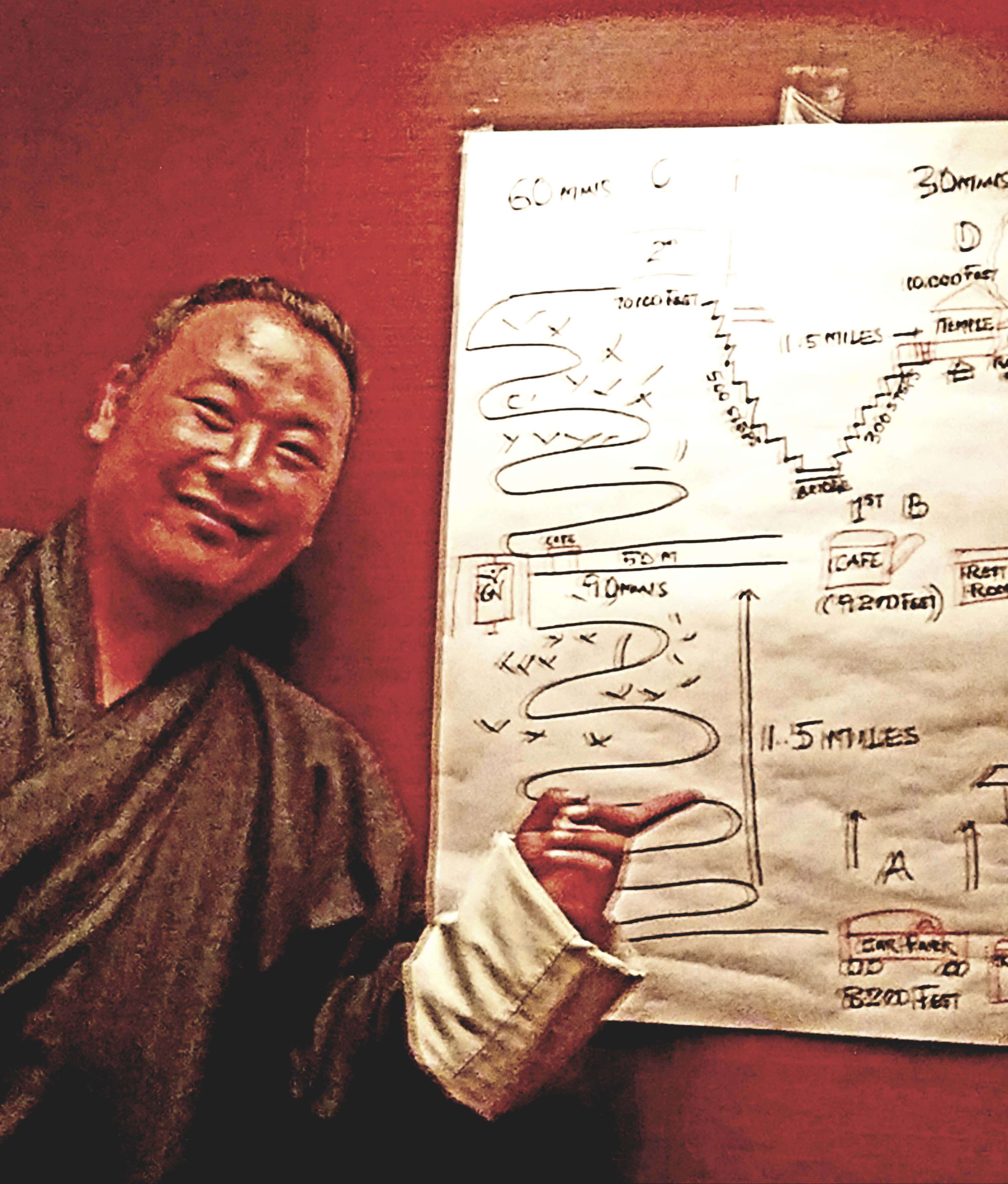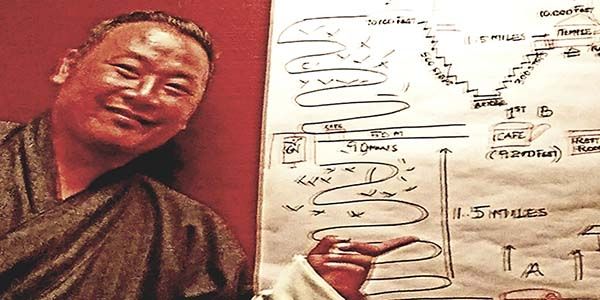This past July I (Susan) was hospitalized for a heart condition. Looking back at this event, I found that my BA skills were useful in understanding the overall situation.
I was visiting my parents in my home town of Perham, MN when I was admitted to the hospital with chest pains. After a few tests at that hospital, I was transported to Fargo’s cardiac center for additional testing. I arrived late in the evening, but I had sufficient time to become “armed and dangerous.” I had been told I probably had a condition known as cardiomyopathy, but I had no idea what that was, despite having studied Latin for three years. Yes, I knew that cardio meant “heart,” but myopathy—what in the world was that?! As I waited for more tests, I logged on to my computer and looked up cardiomyopathy. I wanted to know what it was, why I had it, what the symptoms were, what my prognosis was, and what the options were for moving forward. By the time the cardiologists came back, I was armed with all my questions as well as multiple options for moving forward. Of course, my husband was shaking his head as I am going on the computer from my hospital bed to find the answers and preparing my questions instead of just waiting for the doctor. What can I say – once a BA, always a BA. So here is my challenge to you – are you a consummate BA? Do you have heart?
1. Do you fully understand the problem and are you inquisitive enough to want to know?
Given my situation, I wanted to know what I had, why I had it, what the symptoms where, how I had I contributed to its occurrence (because there is no history in my family of heart issues), what my prognosis was, the options for moving forward, and what the impact would be on my life going forward. So, I asked the nurses and cardiologists a ton of questions, such as how do you know it is cardiomyopathy? Could it be something else? What symptoms indicated that diagnosis? What test are you running? Why do I need those tests? And all the blood–why are you still drawing blood? Why are there multiple people drawing my blood for different tests and will there be any blood left for me?! Surely there could be an improved process somewhere where they could share the blood and not drain me dry ?!. I am sure I drove everyone crazy, but they were all wonderful about answering all my questions and I got the answers I needed so I could understand the situation.
As a BA, do you fully understand the problem the stakeholder is trying to solve? Do you want to know everything you can about a situation from both strategically and at detailed level? Do you know what the impact of the situation is on the organization and its employees? Do you ask enough questions to gain a thorough understanding of the situation, enough to be able to determine if the proposed solution will actually solve the problem? Do you ask the tough questions, the challenging questions, the probing questions, and do you have the courage to push hard when you don’t get the answers you need?
2. Do you understand the root causes of the problem?
During my stint in the hospital, I not only researched my symptoms to see if it was an accurate diagnosis, but to get a better understanding of how I got this disease, which contributing factors led to my getting cardiomyopathy. I figured if I could identify the contributing factors, I could address those factors and figure out how to overcome them. Working with my cardiologists, we decided there were a combination of issues that caused the heart condition: stress, being overweight, not exercising enough, and not eating a healthy diet. Once I found out what some of the root causes of my condition were, I could plan to overcome those contributing factors.
As a BA do you know what caused the problem the organization wants to address? And importantly, do you understand why had it occurred? Do you identify the root cause of the issues? Unless you know what caused the problem, you have little chance of solving it.
3. Do you provide options to your stakeholders?
I am always looking for options. Just like Captain Kirk (for all you Star Trek fans), “I don’t believe in the no win scenario”. I believe there are variety ways to solve problems. However, I also know it is sometimes difficult to do. There was a time when we went to a doctor, gave them our symptoms and waited for the prognosis and prescription. Now we partner with our healthcare providers. In my case, I worked with the cardiologists on the best, most practical options for moving forward. I did my research, asked my questions, and let them know my preferences. We explored such alternatives as losing weight, healthy eating, and more exercise.
Just like working with physicians on our health care, we need to be partners with our business stakeholders to help solve their problems. In the past, we would often wait to be assigned to a project which already had a solution. We would then take that solution and run with it, getting requirements for a solution that might or might not help the organization. It is our job as BAs to thoroughly understand the problem, and create viable solution options, and recommend the option that we think will best serve the organization.
4. Do you confirm your understanding of the requirements to ensure you’ve been successful?
The cardiologists said I needed to change my lifestyle by eating healthier foods, losing weight, and exercising more. I knew what losing weight looked like and could “test” that requirement by stepping on the scale, but what did they really mean when they said, “eat a healthy diet” and “exercise”. How would I know if I fulfilled those two requirements? How much exercise was needed? Beyond reducing my caloric intake, what did “healthy eating” mean? What did success look like? “Healthy eating” and “exercise” are examples of “ambiguous” requirements – words that mean different things to different people. I asked the cardiologists, what does eating healthy look like to you? They provided specific examples, like eliminating processed foods, eating lean meats, and eating 5 cups of vegetables per day. They also provided specifics for exercising– at least 30 minutes of a cardio exercise three times a week. With these types of specific goals, I was able to determine when I achieved them.
What does this mean for us? We need to have clear acceptance criteria for the requirements of our solution. Once we understand the problem to be addressed, develop options, and recommend a solution, we need to have stakeholders articulate requirements of the solution. We need to ensure that these requirements 1) are aligned with the problem, 2) will contribute to solving the problem, and 3) have acceptance criteria associated with them, so we know when we have achieved our goal. If not, there is a good chance the problem will not be solved.
Best wishes for a healthy and heart filled life. ?
ABOUT THE AUTHORS
Elizabeth Larson, PMP, CBAP, CSM, PMI-PBA is Co-Principal and CEO of Watermark Learning and has over 30 years of experience in project management and business analysis. Elizabeth’s speaking history includes repeat presentations for national and international conferences on five continents.
Elizabeth has co-authored five books on business analysis and certification preparation. She has also co-authored chapters published in four separate books. Elizabeth was a lead author on several standards including the PMBOK® Guide, BABOK® Guide, and PMI’s Business Analysis for Practitioners – A Practice Guide.
Dr. Susan Heidorn, BRMP, CBAP, PMP, CSM is the Director of Business Solutions for Watermark Learning in Minneapolis. Susan is an experienced consultant, facilitator, speaker, and trainer, with over 25 years of business experience. Susan directs programs in business analysis, business relationship management, and leadership, including developing and delivering courses and providing consulting. She has been a speaker at a number of IIBA® and PMI® conferences as well as local and regional organizations, boards, and private clients. She is a lifelong learner whose passion it is to guide people into achieving excellence in their personal and professional lives and works on creating positive impacts to the organization.






